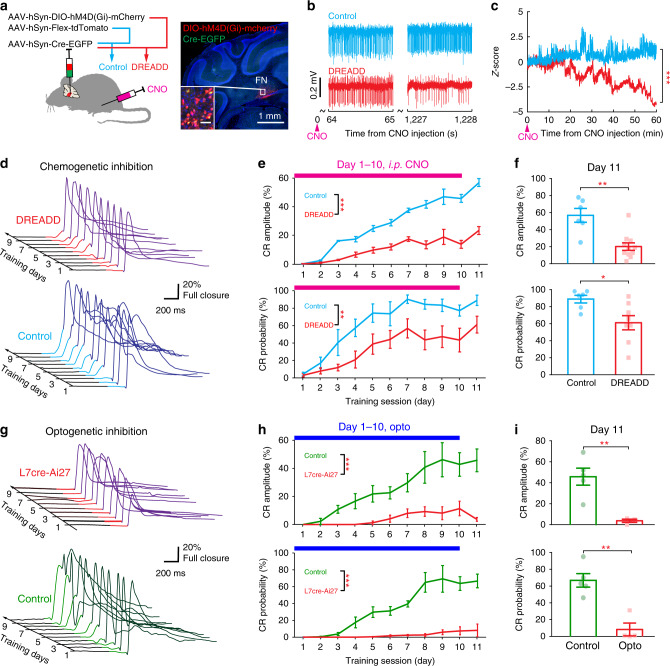Fig. 6. Effects of Inhibiting the Ipsilateral FN on DEC Acquisition.
a Experimental design for chemogenetic inhibition of the FN during DEC training (left). Inhibitory DREADD-hM4D (Gi) was expressed in FN ipsilateral to the trained eye (right, n = 6 mice) and tdTomato was expressed in control mice (n = 8). Both control and DREADD mice received a i.p. CNO injection 15–20 min prior to training. Scale bar for the inserted image is 50 µm. b Representative FN neuron responses from control and DREADD-expressing animals at early (left) and late (right) stages of recording, following the CNO injection. c Comparison of neuron activity over time after the CNO injection in control (n = 37 neurons) and DREADD-expressing (n = 19 neurons) mice (two-way repeated measures ANOVA, ***P < 0.001). d Progression of CR traces during DEC training in a representative DREADD mouse (CS–US interval shown in red) and a control mouse (CS–US interval shown in cyan). e Comparison of the CR acquisition during training (1–10 days), illustrated in the CR peak amplitude (upper) and CR-trial probability (lower), in control (n = 8 mice, mean ± s.e.m.) and DREADD-expressing mice (n = 6 mice, mean ± s.e.m., maximum likelihood estimation (two-sided), **P < 0.01, ***P < 0.001). f Comparison of CR performance on the 11th day with the CNO injection omitted (mean ± s.e.m., two-sample t test (two-sided), *P < 0.05, **P < 0.01). g–i Same as in (d–f), but for DEC training in mice with optogenetic perturbation. CR acquisition is suppressed in L7Cre-Ai27 mice (n = 4 mice, mean ± s.e.m.) compared to the acquisition observed in the control group (n = 5 mice, mean ± s.e.m., maximum likelihood estimation (two-sided), ***P < 0.001). Comparison of CR performance on the 11th day with opto-inhibition omitted (mean ± s.e.m., two-sample t test (two-sided), **P < 0.01). See the exact P values for each comparison in the Source Data file.

